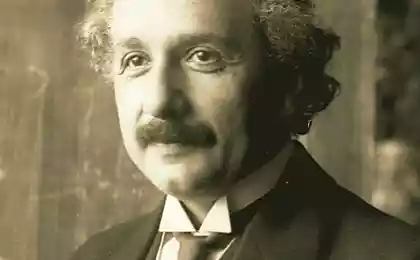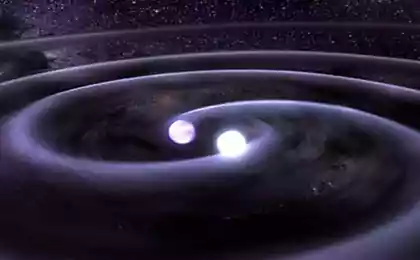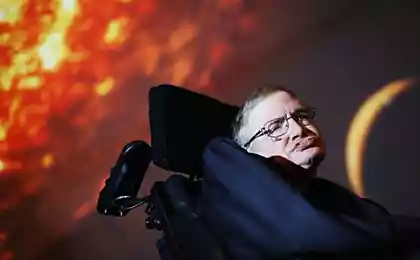652
Shapiro's time dilation effect confirms Einstein's theory of relativity

There are several reasons why people may react to relativity with bewilderment. It is difficult to imagine the very idea described by Einstein – for example, that the presence of mass-energy warps space-time, especially considering that it is almost impossible to prove the fact of such deformation.
Einstein’s theory states that a larger object will create a larger deformation. This, in turn, means that light can slow down depending on the objects in its path. In 1964, astrophysicist Irwin Shapiro was able to test this theory on the scale of the cosmos.
Initially, Shapiro's experiment involved observing distant stars and how other objects change when they interact with them.
For example, would it appear that a star passing through a point of distant intersection with the Sun would move randomly through space as the Sun passed in front of it? As the star’s light moves toward the Sun, the visual effect will be that our star will move in a so-called semi-orbit — like a boat in a whirlpool — and eventually continue on a new trajectory. This trajectory will cross with the Earth, and it will appear that the star is in a completely different place, not where we first observed it.

But such calculations involve many variables, so it was difficult to observe such an effect on distant stars – after all, the telescope’s capabilities are not unlimited. And Shapiro came up with a new way to test that idea. He directed radar signals toward Venus and Mercury and tracked how long it took the signals to return to Earth. Shapiro did this for several days in a row: since the planets do not hang in space stationary, the positions for the experiment were different: the signals were influenced by the gravity of both planets and the Sun. The larger the arc along which the signal had to travel to reach all objects, the more time it took to return. It was simply necessary to calculate the delay time and thus confirm the theory of relativity.
The delay was only 200 microseconds, but that was enough. This meant that the mass of the Sun did indeed delay light returning to Earth.
Shapiro's experiment, also known as gravitational signal delay, was later tested dozens more times. As technology gets better over time, scientists are now getting more accurate results. This is one of the classic examples proving Einstein’s general theory of relativity.
The Geneva Convention prohibits the use of weapons, change the weather
The belief that in an emergency people panic, yielding to mob psychology is probably wrong























